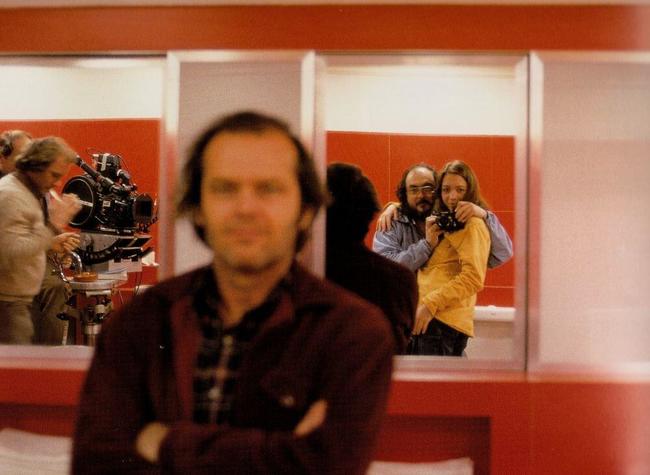When Apps Modify Behavior
Over the past couple of weeks, I’ve noticed an app blowing up in my social circle. It’s more of a controlled explosion, really — as far as I can tell, the app hasn’t even yet cracked the top 200 in its category in the App Store. But I think it might, because I think it’s tapping into something at the right time.
The app is called Frontback, it’s an offshoot app from another service called CheckThis. (To be clear, I’m not an investor in either of these, but I know a bunch of folks who are.) The idea is almost laughably straightforward: take a picture of what you’re looking at with the back camera of your phone, then take a photo of yourself with the front camera. The app then automatically stitches those two pictures together, one on top of the other.
From a product perspective, the app has three key things I look for: it’s clean, simple, and fast. The UI is clever. You look at it and immediately know what to do. (The social structure of the feed is a bit muddled at the moment, but they’re working on that.)
But there are a lot of apps that have such traits. Why Frontback is interesting to me is that it seems to be enticing people to do something — something which a lot of people wouldn’t otherwise do — something which is particularly hot at the moment: take selfies.
This is hardly a new concept. People have been taking pictures of themselves for as long as cameras have existed. And certainly innovations like the Polaroid camera, the disposable camera, and then the digital camera propelled the concept forward. But with smartphones, selfies have become something of a phenomenon in recent years.
Except not for me. I’ve always found it hard to take a picture of myself without feeling at least a little bit ridiculous. The thought of then sharing such a picture amplified that feeling by an order of magnitude. You could say I’m not exactly the key demographic.
But that’s the thing: I’m not sure this is something there should be a demographic for. I suspect that even the least vain person in the world would admit that they like seeing pictures of themselves from time to time. It’s interesting to see what you look like. And sharing the most recognizable trait of yourself, your face, with others would seem to make sense as a common social behavior when you’re away from friends and family.
Enter Frontback. It not only allows you to share these selfies, it makes you do it. The picture taken with the back camera is a crutch to prop up your confidence so you can take that front camera picture of yourself.
And what you get is even more interesting than a selfie by itself because you see a picture of what a person is looking at alongside their reaction. More so than many other social photography apps, the result is downright human.
I have no idea if Frontback will actually breakout beyond my own social graph. Maybe the people I know are weird. Certainly, many of them are. But I’m no longer sure that the idea behind the selfie should be considered weird. It’s not a social norm amongst my demographic and older ones because we didn’t grow up with smartphones. But the kids who did seem to naturally gravitate towards this style of visual sharing. Frontback, or something like it, might help the rest of us get there.
In that regard, Frontback reminds me of a few other apps that have altered my modus operandi. Instagram and Vine spring to mind. I didn’t take a lot of photographs before Instagram. And I basically never took video before Vine. But sometimes the smallest tweaks at just the right time can lift the barriers holding back new behavior.
[image via @coloredhistory]
